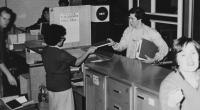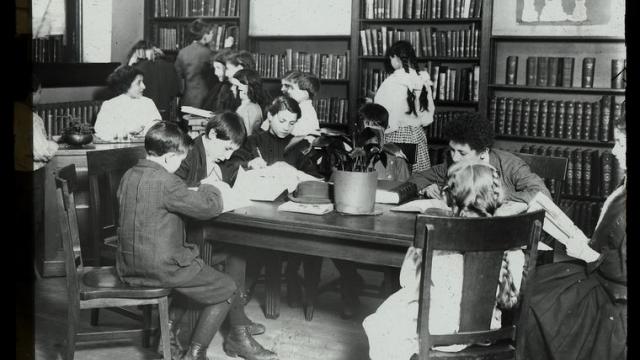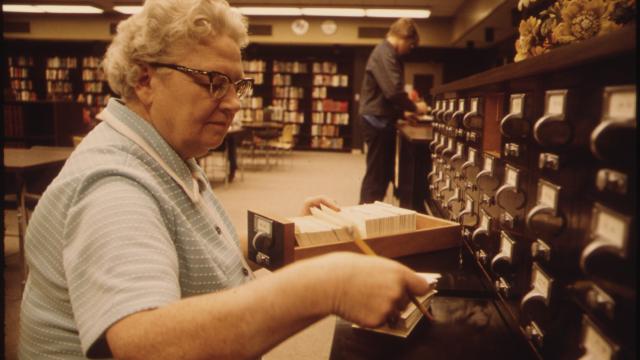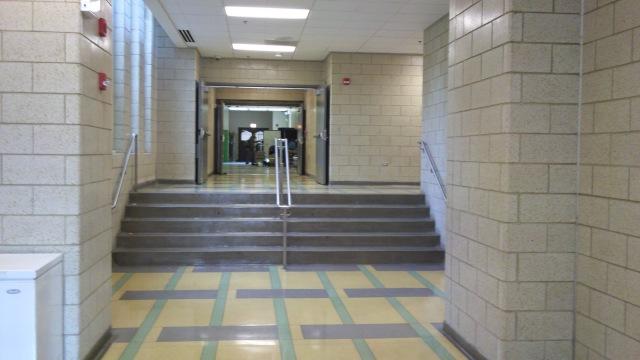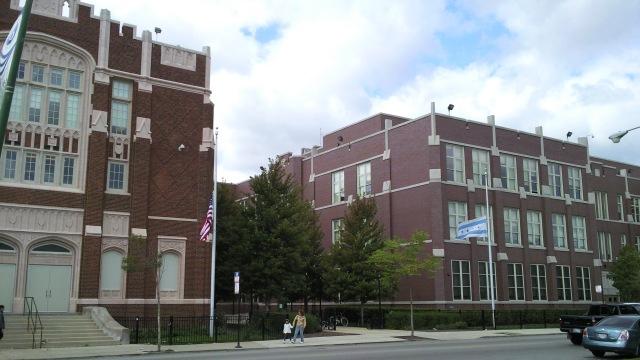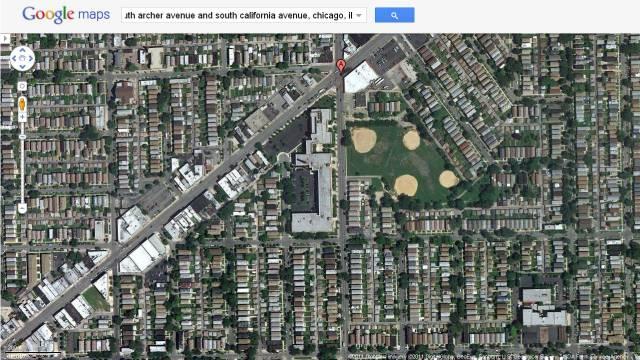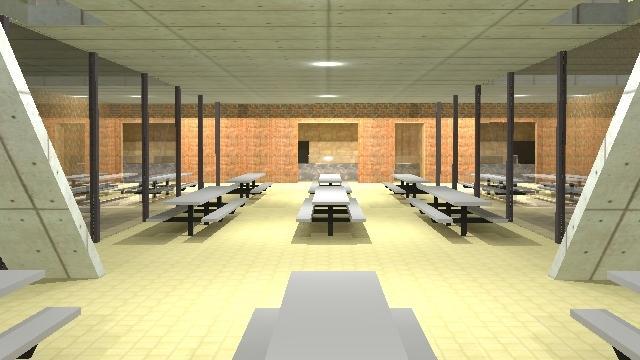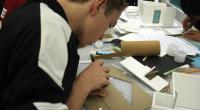
Cafeteria Redesign
The cafeteria space should be naturally lighted by the use of lots of widows and overhead lights. The walls should be made out of a material that absorbs sound, and the top should be rounded to help with look, sound and light. The walls should either be school colors or bright colors to help keep the room from getting dark. The seating area should be large and open with lots of table. I would put in the tables with benches not tables with chairs because the chairs get moved and there somehow always ends up with a shortage of chairs. The cafeteria should have an area directly outside with picnic like tables for extra seating outside. The area to buy the lunch should be in a line and the area for the line should be set out to keep everything organized. The place where you buy your lunch should either have its own cut out or be along a sidewall. It should not be by the doors leading in and out of the cafeteria. The main thing to stress about the space in the cafeteria is that it is organized and open.

